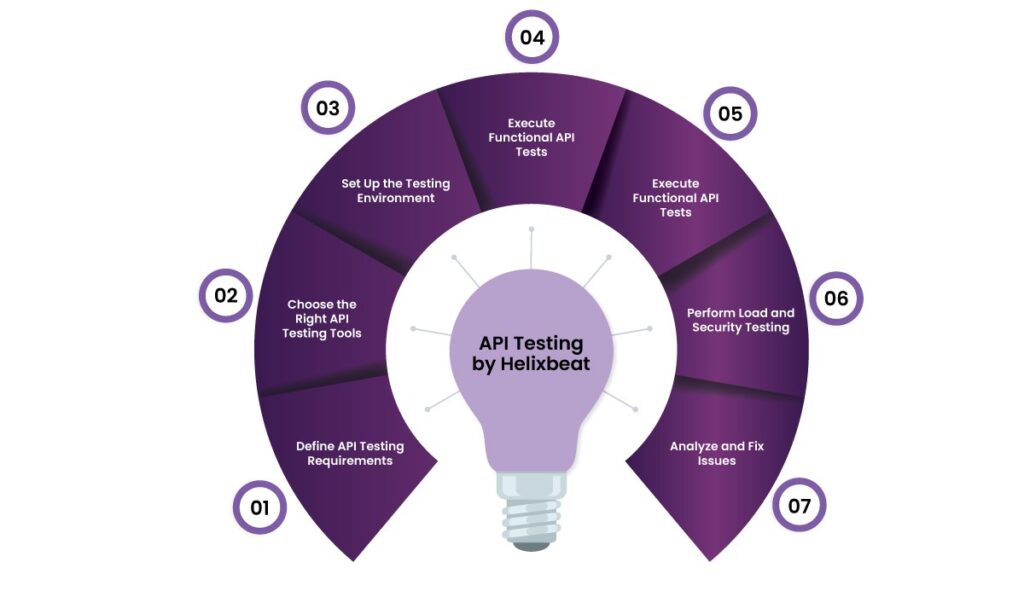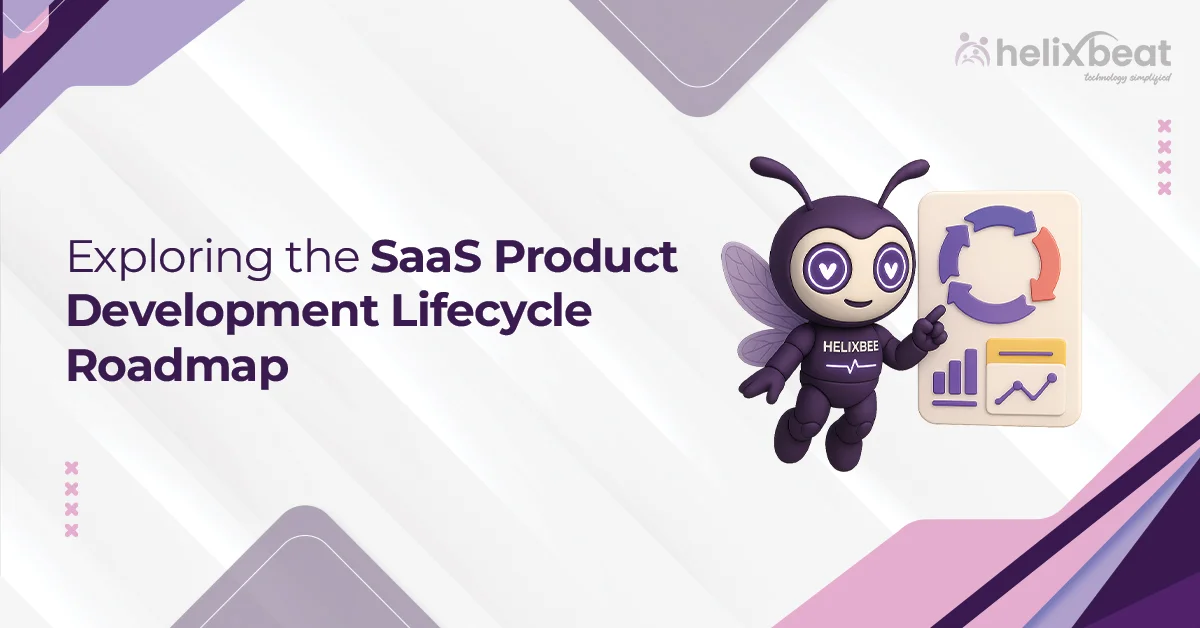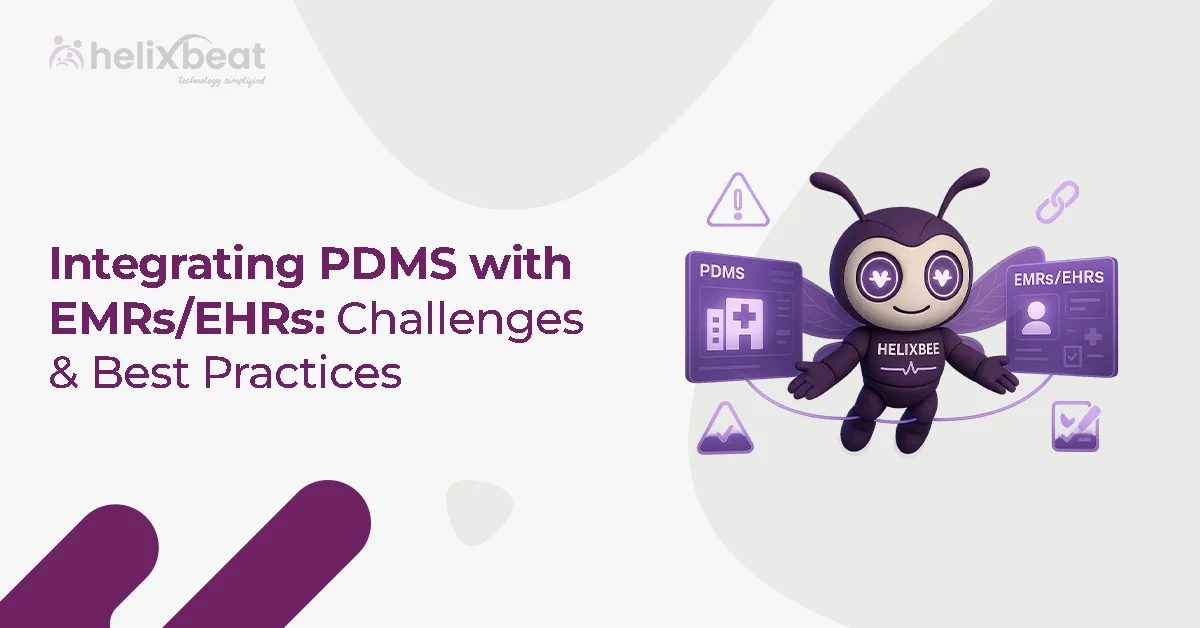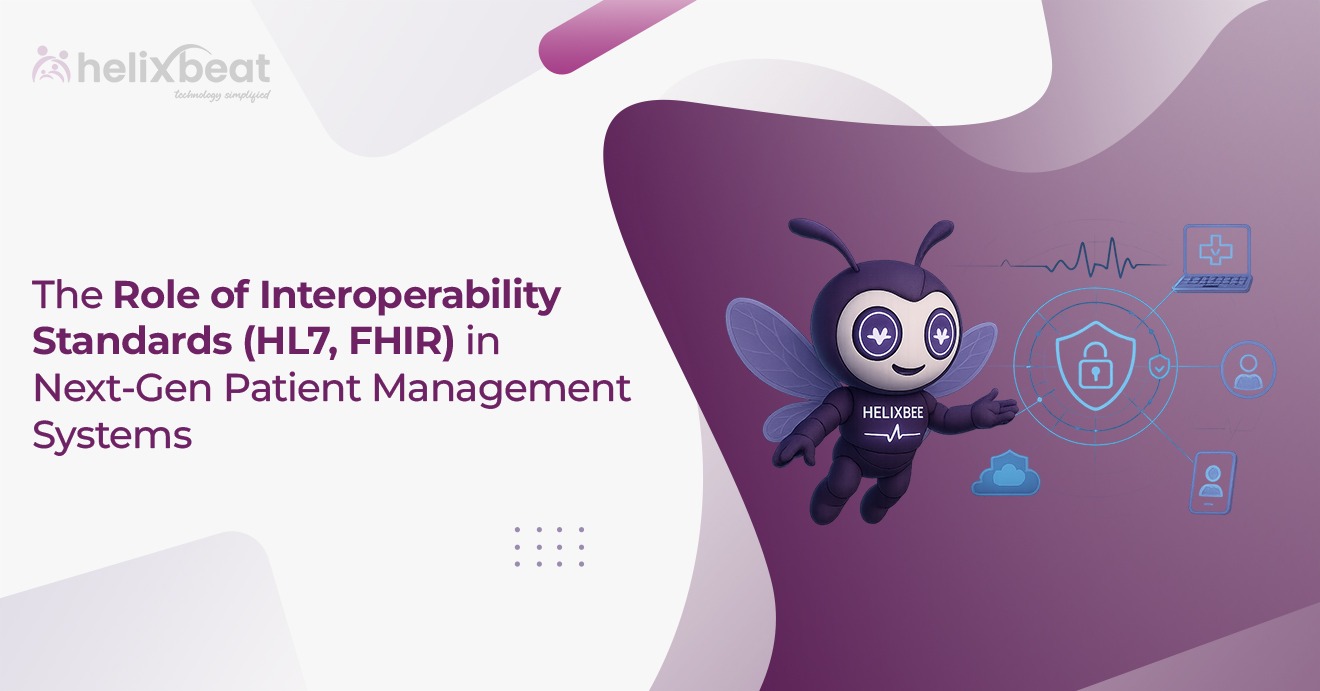In today’s interconnected digital world, APIs serve as the backbone of modern applications, enabling seamless communication between different systems. Whether it’s a payment gateway, an IoT device, or a cloud-based service, APIs must function flawlessly to prevent downtime, security breaches, and data inconsistencies. However, without robust API Testing, businesses risk operational failures, compromised security, and poor user experiences.
API Testing plays a critical role in ensuring secure, efficient, and reliable data exchange within applications. It helps validate functionality, performance, security, and compliance, making it essential for maintaining software integrity. In this guide, we explore API Testing, its different types, and a step-by-step process by Helixbeat to ensure seamless API validation.
Table of Contents
What is API Testing?
API Testing is a software testing process that validates whether an API meets functionality, performance, security, and reliability expectations. Unlike UI testing, which focuses on the interface, API Testing directly tests the logic and responses of an application’s backend system.
Why is API Testing Important?
- Ensures Proper Functionality: Verifies that APIs return correct responses under different conditions.
- Improves Security: Identifies vulnerabilities that could expose sensitive data.
- Enhances Performance: Tests how APIs handle multiple simultaneous requests.
- Supports Integration: Ensures seamless communication between different software systems.
- Speeds Up Development: API Testing automation helps detect issues early, reducing debugging time.

Types of API Testing
API Testing involves multiple types, each designed to evaluate different aspects of an API’s functionality, performance, and security. Using API Testing Services along with the right API Testing tools ensures that APIs operate seamlessly and efficiently. Below are the key types of API Testing and their significance.
1. Functional Testing
Functional API Testing verifies whether an API responds correctly to valid requests under normal conditions. It checks if inputs and outputs align with expected behavior.
Example: A payment API should process a transaction and return an authorization code without errors.
2. Performance Testing
This evaluates how well an API handles concurrent requests, load, and stress conditions. API Testing automation plays a crucial role in simulating real-world traffic to prevent system failures.
Example: An e-commerce API should efficiently manage thousands of checkout requests during a holiday sale.
3. Security Testing
Security API Testing ensures that APIs are protected against threats like SQL injection, unauthorized access, and data breaches.
Example: A banking API must enforce encryption and multi-factor authentication to prevent fraudulent transactions.
4. Compatibility Testing
This verifies whether an API delivers consistent functionality across different platforms, browsers, and devices.
Example: A weather API should provide accurate data whether accessed from a web browser or a mobile app.
5. Regression Testing
Regression API Testing ensures that software updates or bug fixes do not disrupt existing API functionalities.
Example: A social media API should continue retrieving user data correctly even after introducing a new search filter feature.Leveraging API Testing tools and API Testing automation can streamline these processes, ensuring robust, secure, and high-performing APIs for seamless business operations.

Step-by-Step Guide to API Testing by Helixbeat
Ensuring seamless API performance requires a structured approach with the right API Testing tools, strategies, and automation. Helixbeat’s API Testing Services provide secure, reliable, and scalable solutions through comprehensive functional, security, and performance testing, leveraging advanced automation and end-to-end lifecycle support. Below is a step-by-step guide to conducting efficient API Testing with Helixbeat.
Step 1: Define API Testing Requirements
At Helixbeat, we begin by outlining API functionalities, expected responses, and real-world test scenarios. Our experts analyze business use cases to set clear objectives and define success criteria for API Testing. This ensures that APIs deliver consistent performance across different environments.
Step 2: Choose the Right API Testing Tools
Helixbeat leverages industry-leading API Testing tools for both manual and automated API Testing. We utilize:
- Postman – Ideal for manual API Testing, allowing structured request validation.
- SoapUI – Best suited for testing REST and SOAP web services.
- JMeter – Used for API Testing automation, ensuring optimal performance under high traffic.
- Katalon Studio – A comprehensive tool supporting both manual and automated API Testing Services.
Step 3: Set Up the Testing Environment
Helixbeat ensures that API endpoints, databases, and authentication mechanisms are properly configured. Our team simulates real-world conditions, ensuring APIs interact seamlessly with third-party integrations, microservices, and cloud-based applications.
Step 4: Execute Functional API Tests
Our API Testing Services validate API requests by executing different HTTP methods (GET, POST, PUT, DELETE) and analyzing response codes, headers, and payloads. Helixbeat’s structured testing approach helps detect inconsistencies early, ensuring that APIs return accurate and expected data across all test cases.
Step 5: Automate API Testing for Efficiency
To streamline API validation, Helixbeat integrates API Testing automation into CI/CD pipelines. Our automated test scripts ensure rapid execution, improved test coverage, and minimal manual intervention. With automated regression testing, we guarantee that new updates do not break existing functionalities.
Step 6: Perform Load and Security Testing
Helixbeat specializes in stress testing APIs under high traffic conditions to analyze performance bottlenecks. Additionally, our security-focused approach identifies vulnerabilities like SQL injections, broken authentication, and unauthorized access. We enforce strict security compliance to safeguard sensitive business and user data.
Step 7: Analyze and Fix Issues
Helixbeat provides detailed test reports with in-depth bug analysis and optimization strategies. Our team collaborates with developers to fix API response issues, improve request handling, and enhance API reliability. By leveraging Helixbeat’s API Testing Services, businesses can confidently deploy APIs with high availability and seamless integration.
Final Words
By integrating Helixbeat’s expertise in API Testing automation and leveraging advanced API Testing tools, businesses can ensure seamless API reliability, security, and scalability. With a structured approach, Helixbeat’s API Testing Services help detect vulnerabilities, optimize performance, and streamline integrations, reducing downtime and enhancing user experience. Through automated test scripts, real-time monitoring, and continuous validation, APIs remain resilient even under high traffic conditions. Whether you need functional, performance, or security testing, Helixbeat’s end-to-end API Testing Services ensure flawless production environments.
Looking to optimize your API Testing process? Partner with Helixbeat today for robust and future-ready API solutions!

FAQs
1. What are the best API Testing tools?
Popular tools include Postman, SoapUI, JMeter, and Katalon Studio.
2. How does API Testing automation help?
Automating API Testing speeds up testing cycles, reduces human errors, and ensures consistency.
3. What are common API Testing challenges?
Challenges include authentication issues, data handling complexities, and maintaining compatibility across different systems.
4. Can API Testing detect security vulnerabilities?
Yes, security testing within API Testing helps identify vulnerabilities such as unauthorized access and data leaks.
5. How often should API Testing be performed?
Regular testing is recommended, especially after updates, integrations, or performance optimizations.
6. How does API Testing differ from UI Testing?
API Testing focuses on backend functionality, while UI Testing validates the front-end user experience.
7. What industries benefit from API Testing?
Industries such as banking, healthcare, e-commerce, and SaaS companies rely on API Testing for secure operations.
8. How can Helixbeat improve API Testing for businesses?
Helixbeat provides comprehensive API Testing Services, ensuring performance, security, and compliance with industry standards.














